How Quickly Should You Contact Inbound Leads?
Casey O'Connor
When it comes to B2B sales, timing matters — a lot.
For salespeople wondering: how quickly should you contact inbound leads? The answer is simple: as soon as possible.
Multiple studies and verified research have proven that the faster B2B sales reps respond to leads, the more likely they are to qualify prospects and close deals. Later in this article, we’ll explore the data supporting this statement.
Fortunately, software like Yesware can help sales reps capitalize on the power of technology and automate personalized, rapid replies to interested prospects.
In this article, we’ll go over everything you need to know about how quickly you should contact inbound leads, including optimal response times, how to measure lead response time, and the risk of delaying your response to leads.
Here’s what we’ll cover:
- Timing Is Everything
- The Impact of Delayed Responses
- Optimal Response Time Benchmarks
- How to Optimize Response Time
- Measuring Lead Response Time
- Strategies for Immediate Engagement
- Yesware’s Role in Rapid Lead Response
- How to Create a Sense of Urgency
Timing Is Everything
As recently as a decade ago, sales reps felt relatively confident sticking to the “One Hour Rule”; that is, they were about 60x more likely to convert a prospect whom they contacted within 60 minutes of their demonstrated interest.
In other words, they had a full hour to respond once a lead triggered enough buying signals to warrant an outreach attempt.
For whatever it’s worth, that “One Hour” rule has changed dramatically for today’s B2B sales rep.
In fact, the number of minutes that sales reps are afforded has been cut down to single digits, and the rule is now more pressingly known as the “Five Minute Rule.”
Despite the pressure, the Five Minute Rule promises sales reps some impressive results, with studies showing that reps who respond to prospects in 5 minutes or less are 100x more likely to make contact and 21x more likely to successfully qualify them (as compared to waiting 30 minutes to make contact). 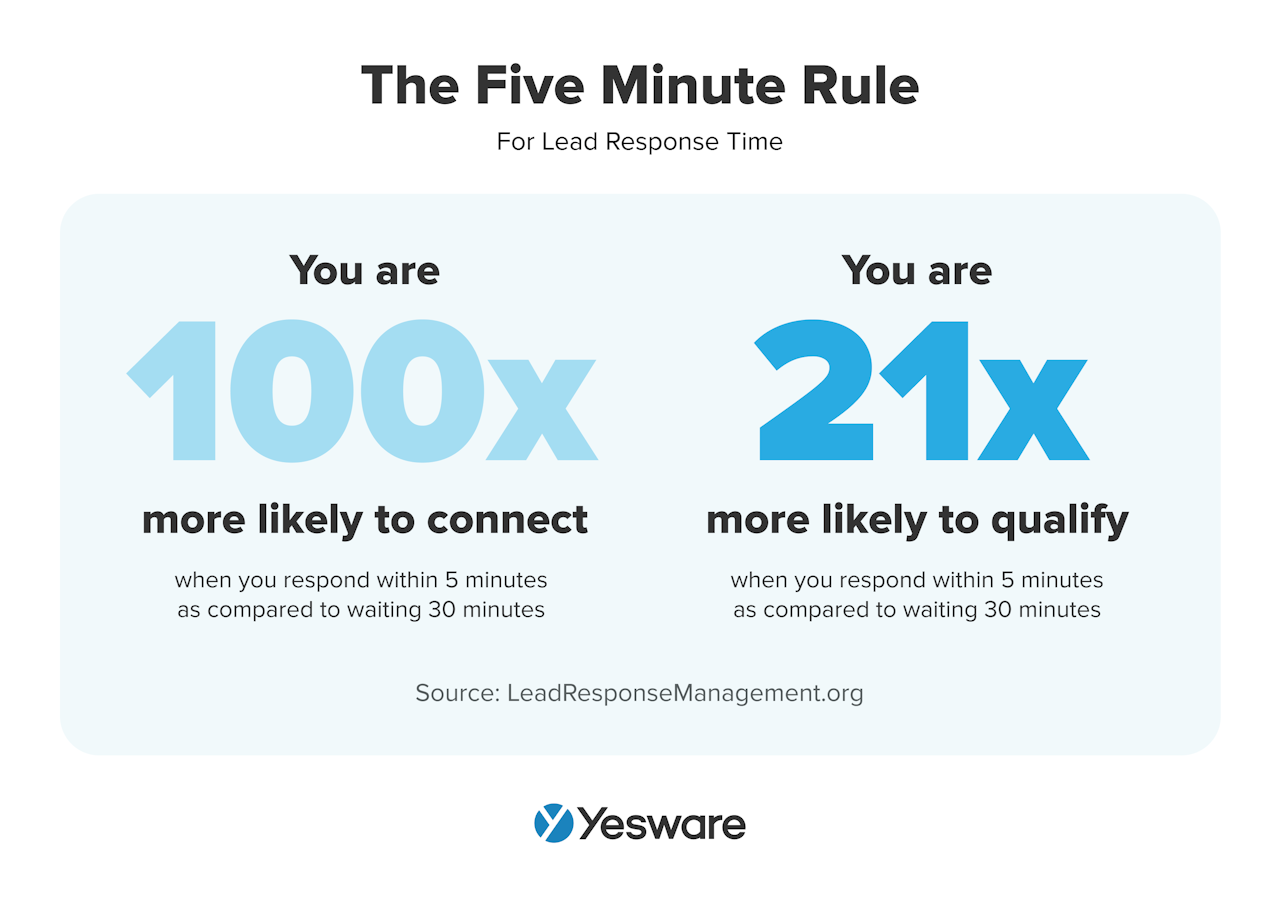 To make it clear: the sooner sales reps respond, the more likely (and sooner) they are to make a sale.
To make it clear: the sooner sales reps respond, the more likely (and sooner) they are to make a sale.
There’s a cutoff for response times, too, with the probability of reaching a lead diminishing by a factor of 10 after an hour.

Sending appropriate outreach in the first five minutes helps ensure that you’re the first one to reach the prospect. This “first strike” makes it much easier to control the conversation and position your product as the ideal solution.
In fact, some studies show that more than 80% of deals are decided upon first contact.
Despite these clear benefits, more than half of companies take a week or more to respond to a prospect’s initial outreach.

Unfortunately, while it seems like minutes can’t possibly matter that much — they do.
The Impact of Delayed Responses
Delaying responses to interested leads can have serious consequences that affect more than just the next stage of the sales pipeline. 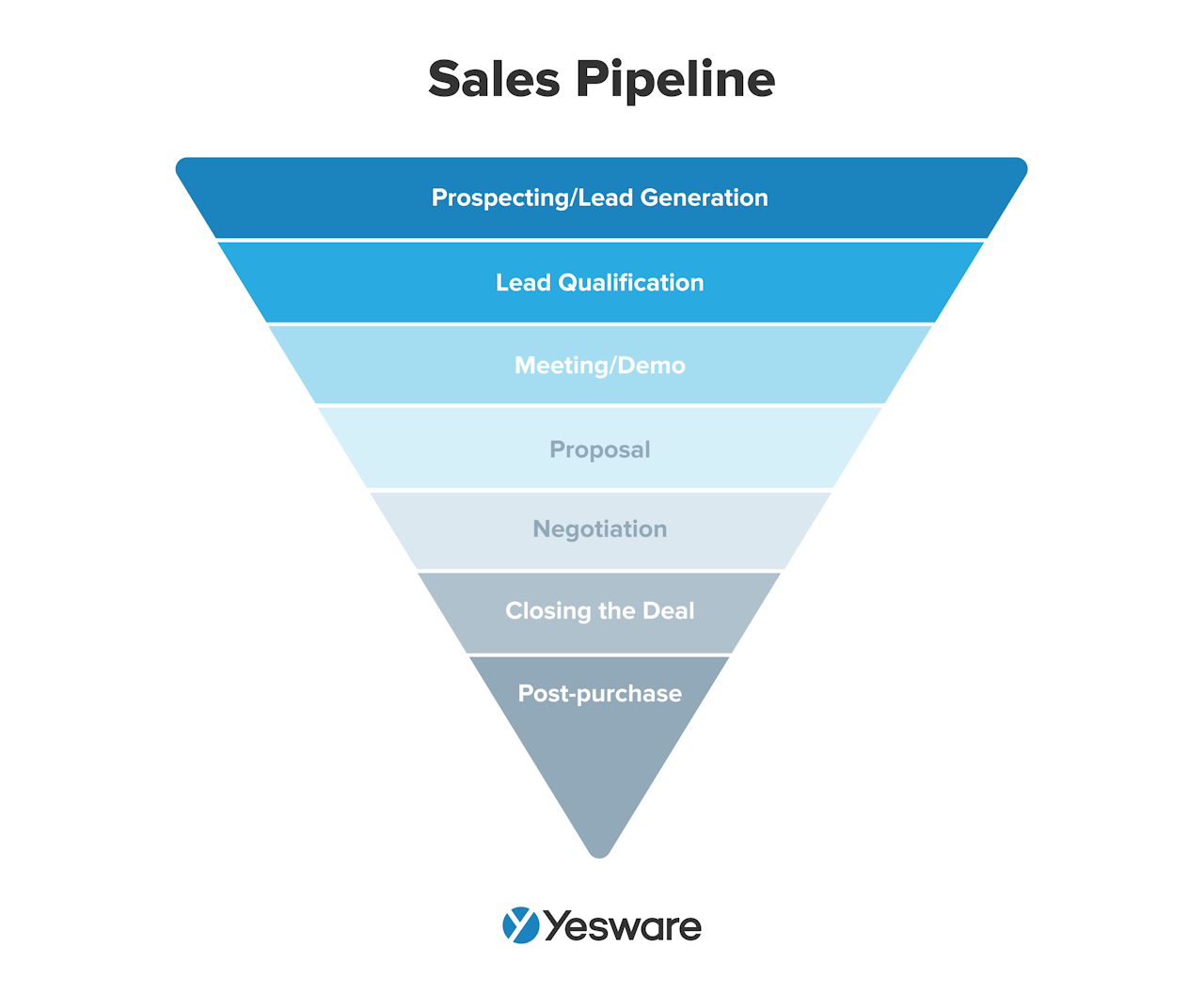 (Though lead qualification takes a hit, too — the odds of qualifying leads drops about 400% when reps make them wait 10 minutes or more).
(Though lead qualification takes a hit, too — the odds of qualifying leads drops about 400% when reps make them wait 10 minutes or more).
Delayed lead response time also affects overall conversion rates, with the difference between minutes and hours being particularly impactful. 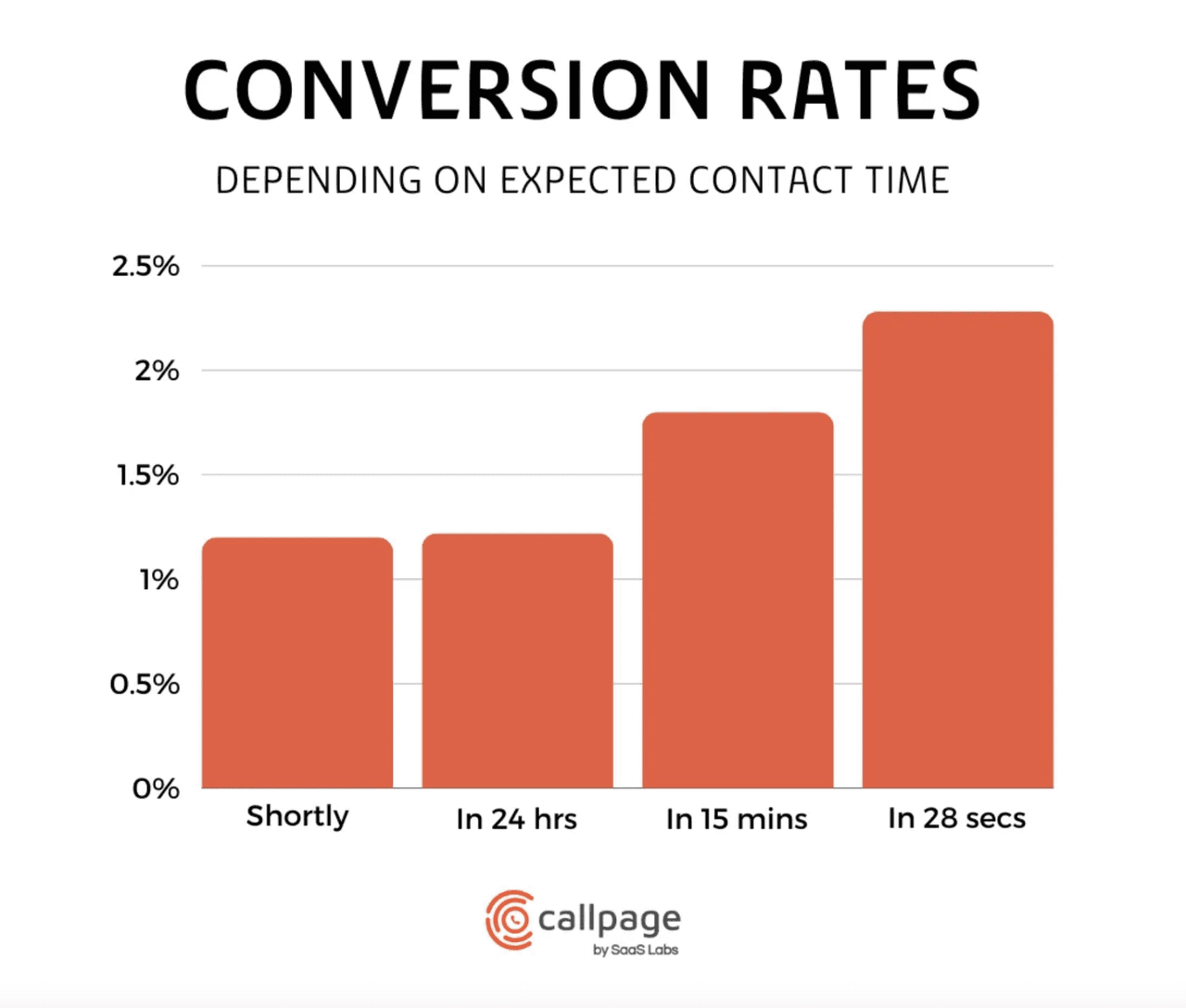
And when reps wait more than 30 days to respond, they can pretty much guarantee they’ll never hear from the lead again.
One of the reasons delayed response time has such a big impact on the sales process is because of the overall landscape of communication in the digital age.
Everyone knows that it’s very easy to get in touch with (or respond to) someone virtually instantly with the touch of a button, so there’s no excuse for delaying contact when a lead initiates contact.
With that in mind, customers likewise expect that you will respond to them as if they’re a priority — in other words, quite quickly. Failure to do so can give you a significant ding when it comes to professionalism and buyer focus.
Furthermore, the longer sales reps wait to contact leads, the more likely their competition will do so in the meantime.
The research on lead response time is no secret, so it’s safe to assume that your competitors will be ready with quick outreach when their turn comes.
Don’t let them take opportunities from under your feet — make sure you’re the first to respond to leads.
It’s also important to note that lagging response time can have significant impacts on sales velocity. 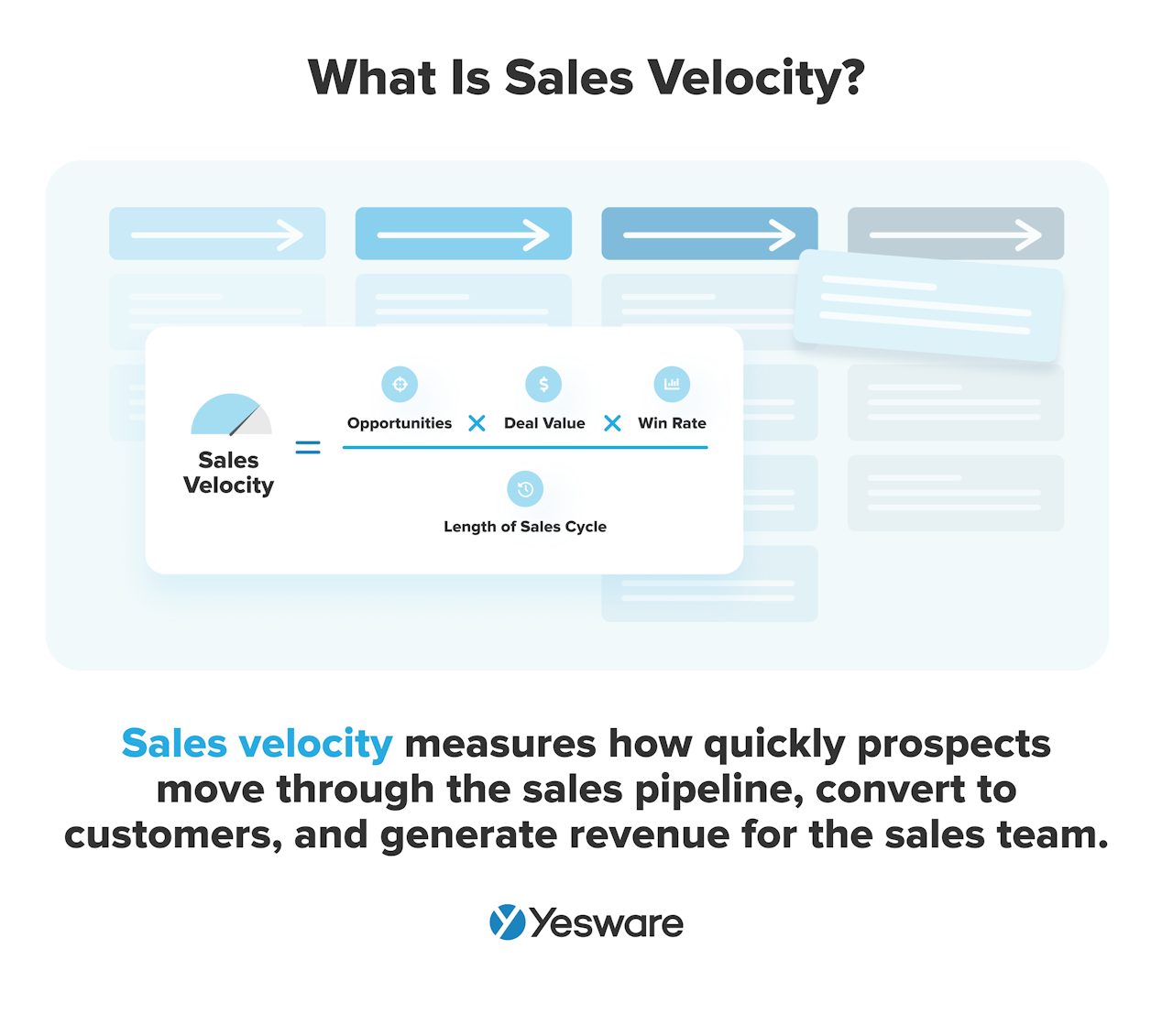 The sales velocity metric has important implications for revenue growth, further highlighting just how important and far-reaching lead response time can be for sales teams.
The sales velocity metric has important implications for revenue growth, further highlighting just how important and far-reaching lead response time can be for sales teams.
Optimal Response Time Benchmarks
While the Five Minute Rule is generally a good rule of thumb for responding to leads, there are some variations across industries that can help sales teams be even more specific according to their target market’s needs.
Here are a few examples of common industry-specific optimal response time benchmarks:
Real estate: 5 minutes
Software: 1 hour
Healthcare: 10 minutes
Financial services: 30 minutes
Now, that all being said, let’s take a look at the actual response times happening in these same industries:
Real estate: 4 hours
Software: 21 hours
Healthcare: 2 hours
Financial services: 17 hours
Clearly, not all industries have the same standards about how quickly they should contact inbound leads — and, judging by the data, it’s safe to assume that many industries have a lot of room for growth when it comes to optimizing the lead response process.
How to Optimize Response Time
Here are some of our best tips for optimizing response time, regardless of your industry or target market. 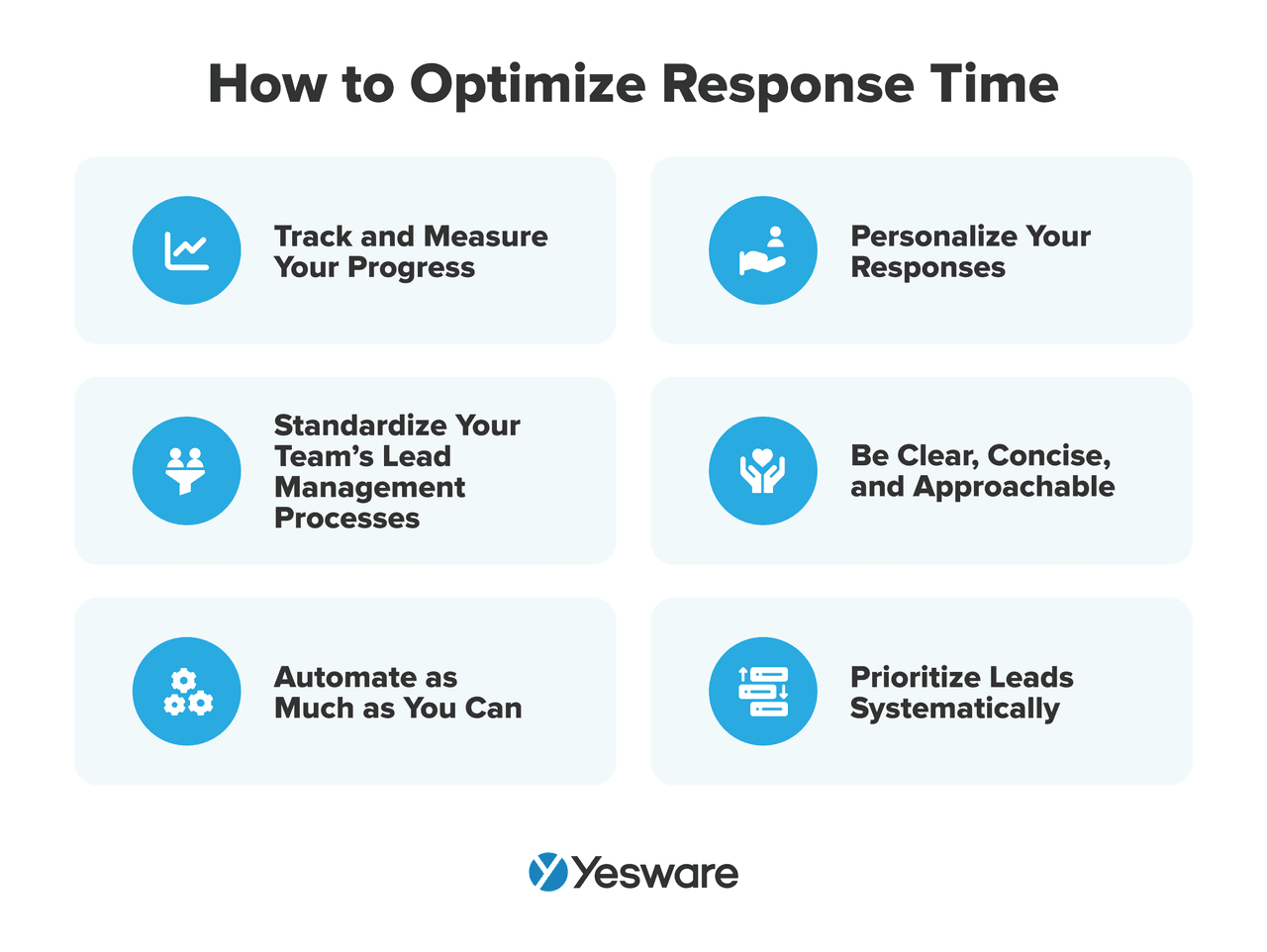
Track and Measure Your Progress
The first step in improving your lead response time is to understand what’s currently happening.
Be sure to monitor and measure the right metrics (more on these in the next section) to pinpoint areas of improvement, as well as successes to celebrate.
Standardize Your Team’s Lead Management Processes
Make sure that everyone on your sales team is clear about where and how leads enter the pipeline and what the expectations are about how quickly they should contact inbound leads for optimal results.
Standardizing the process in a specific, tangible, and easily accessible way will help ensure consistency and make it easier to scale.
The clearer you can be, the better. Write down the steps in the process, including specific time frames, possible sales scripts, and any other relevant information, and make sure everyone on your team has access to the framework.
To that end, it’s also imperative to invest in sales training in regard to responding to leads, as well as lead management in general.
The truth is, most sales reps don’t really understand just how important lead response time truly is for the sales process as a whole; solid, standardized training that helps get everyone on the same page can help impress upon the team as a whole how much this practice can improve their performance.
Automate as Much as You Can
Lead response management is much easier when you use technology to your advantage.
A solid CRM is non-negotiable, but software with lead capture/response capabilities can also give teams a huge boost when it comes to speeding up the process.
An autodialer is another tool that can alleviate some of the manual processes that take valuable time away from making contact with leads as quickly as possible.
Some sales software tools like Yesware also allow users to save and store successful response templates that automatically send whenever a lead makes contact. This makes easy work of responding to leads via email and other channels, and can generate responses virtually instantaneously.
Personalize Your Responses
As much as automation can help speed up the process, it’s also important to keep responses personal and relevant to the lead’s initial outreach. Today’s B2B buyer expects personalization as much as timeliness.

Fortunately, the auto-reply has come a long way, and there are many software platforms available that can help sales teams add context and personalization to automated responses.
Be Clear, Concise, and Approachable
Remember — the goal in lead response is simple and straightforward: respond to leads.
There is no need to try to close the deal when you initially respond, so don’t overwhelm the lead with too much technical information or industry jargon.
Instead, focus on getting to know the lead, qualifying them as best the conversation will allow, and providing value at every opportunity to keep them engaged.
Prioritize Leads Systematically
It’s important that everyone on your team is clear about which leads require the fastest response times. Even with the goal of responding to all leads as quickly as possible, some will inherently take rank as the most urgent.
Inbound leads are generally worth making contact with quickly because they’re demonstrating an active interest in your brand.
A lead scoring system can also be very helpful in determining in what order to contact leads who need a response. 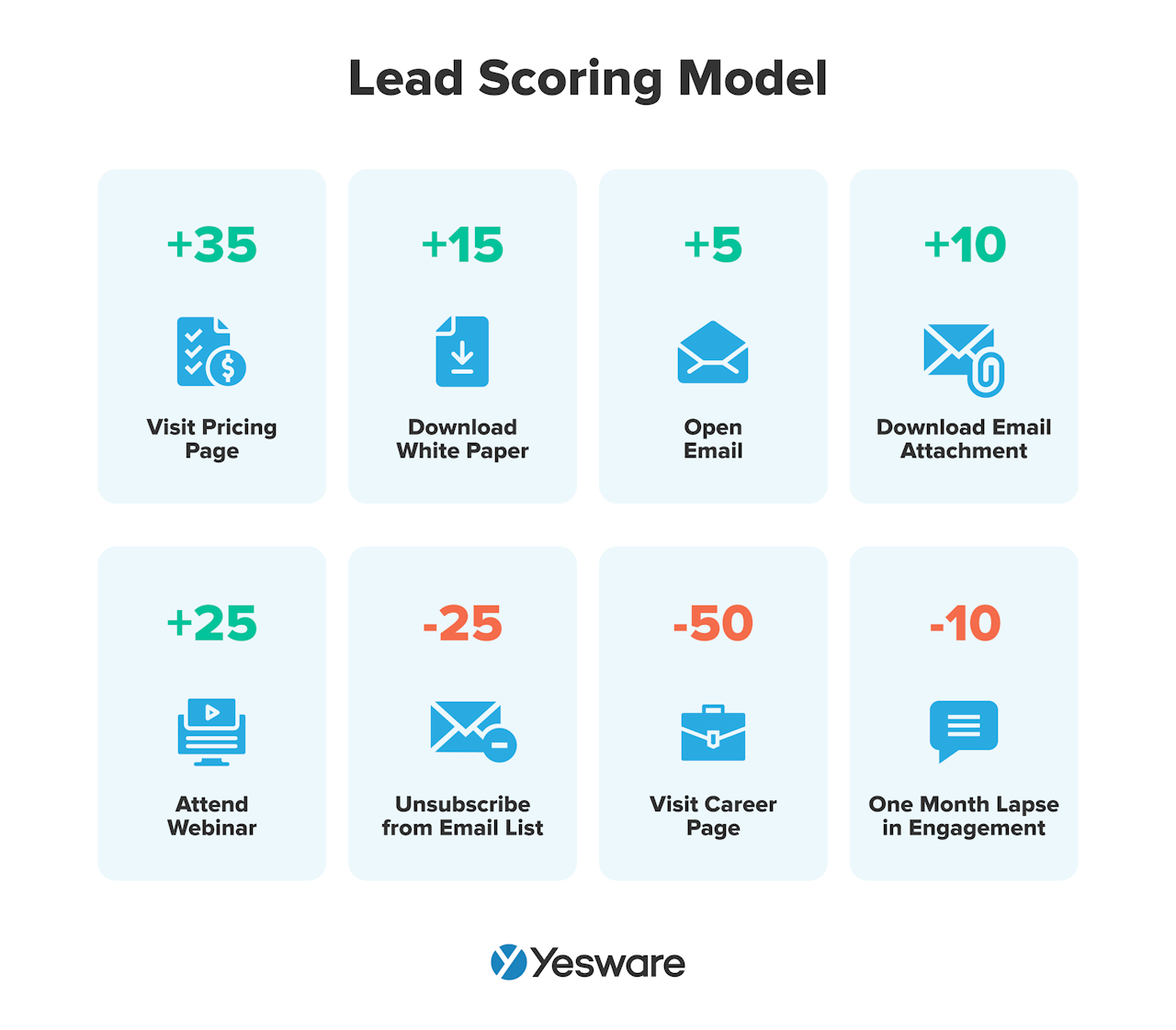 Your sales manager can provide more information about what your target market expects as far as communication and response time.
Your sales manager can provide more information about what your target market expects as far as communication and response time.
Tip: Looking to send highly personalized emails to leads? Grab our templates below to get started.
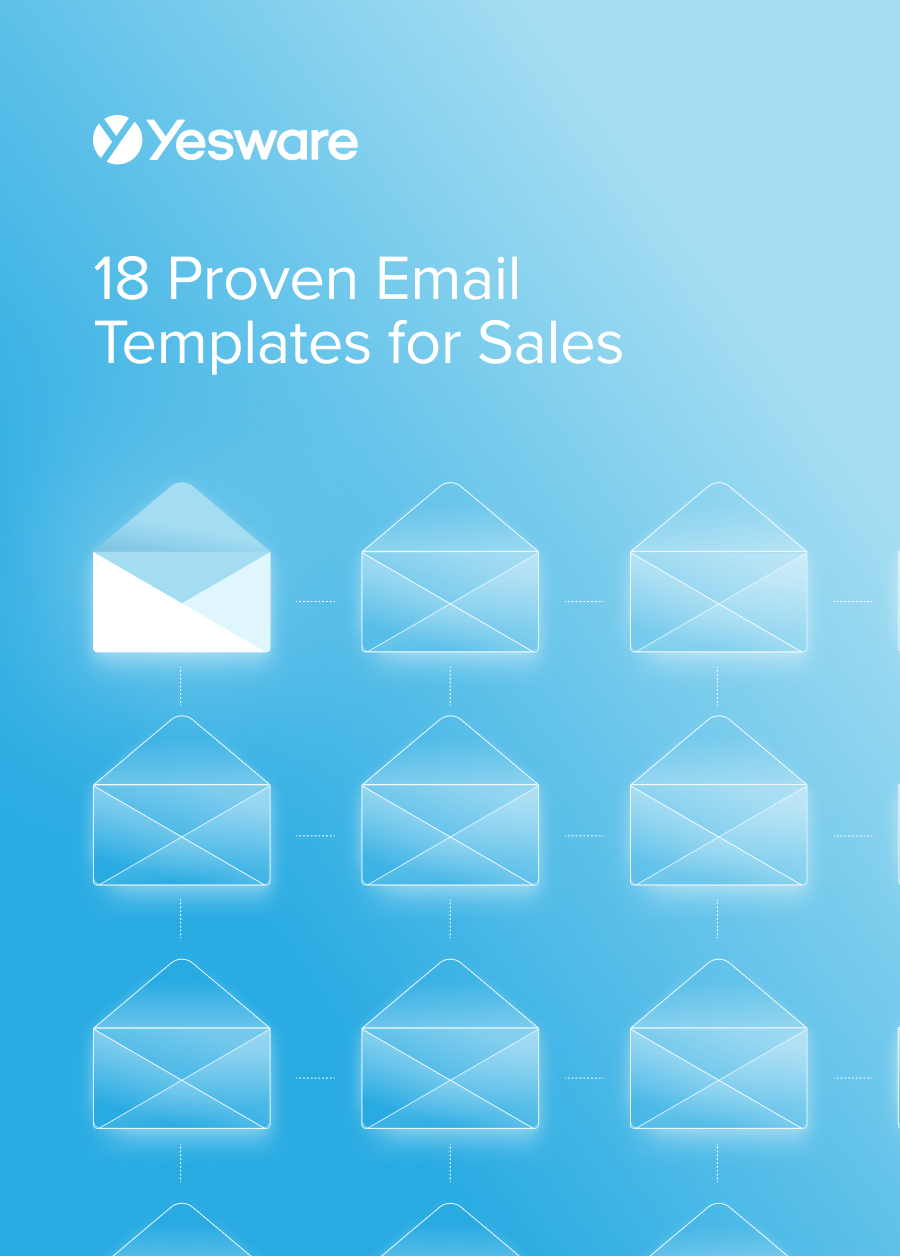 18 Proven Email Templates for SalesWinning email templates for cold outreach, follow-ups, and nurturing relationships – backed by data and real-world examples.
18 Proven Email Templates for SalesWinning email templates for cold outreach, follow-ups, and nurturing relationships – backed by data and real-world examples.
Measuring Lead Response Time
In order to measure your reps’ lead response time, you need to know two pieces of data:
- The time at which a lead makes their first contact (e.g., submits a form, requests more information, or otherwise makes contact with your sales team)
- The time at which your team successfully follows up with the lead
To determine lead response time, subtract the first time/date from the second.
Note here that this particular calculation will help you determine individual lead response times.
Many sales teams find it also helpful to look at average lead response times (ALRT), which can be calculated by finding the sum of all lead response times, and dividing that number by the total number of leads.
Strategies for Immediate Engagement
Even sales teams that make an effort to contact leads as soon as possible can sometimes struggle to maintain engagement and move sales opportunities forward.
Sales teams need a standardized process — and, ideally, automated tools that help them streamline it — for making contact with and engaging leads as soon as contact is made.
Here are some strategies to help.
Automated Responses
Sales software like Yesware can help sales teams ensure that all leads who express a certain level of interest receive immediate and personalized contact.
This helps ensure that the initial contact is attended to while sales reps can prepare behind the scenes for further contact with more in-depth research.
Chatbots can also be a useful tool in this regard, depending on your industry and target market preferences. 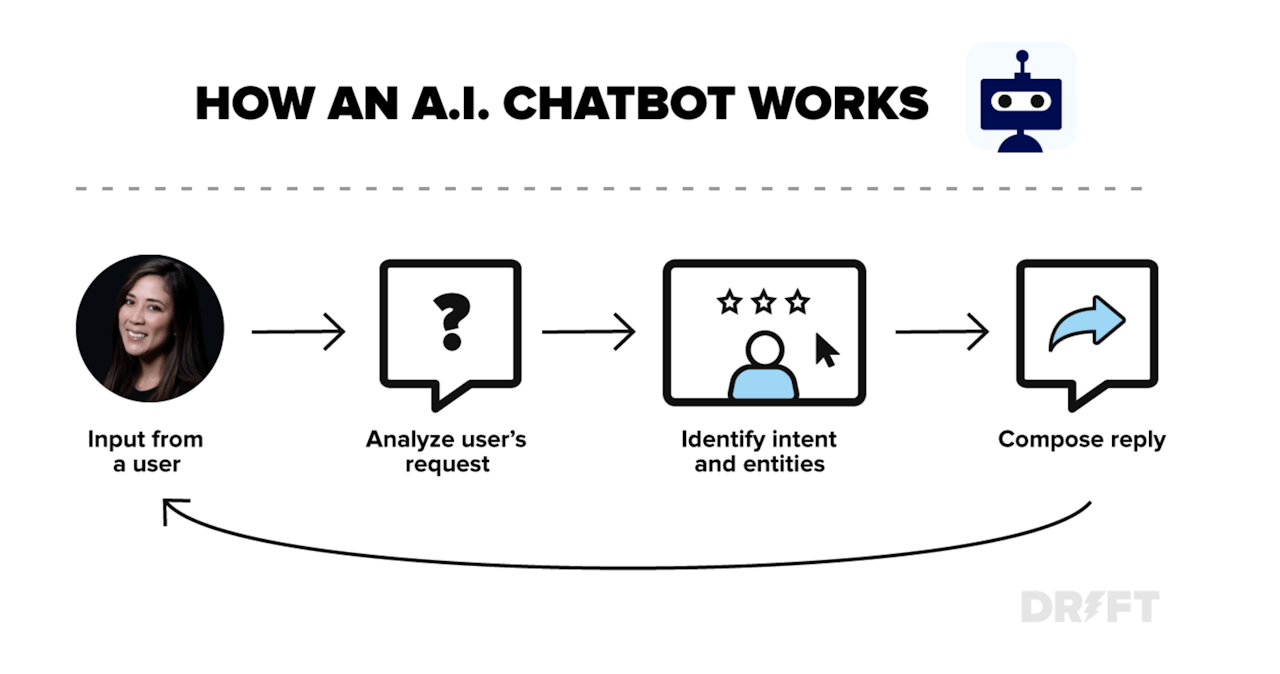 Some buyers prefer to interact in real-time, and chatbot software has come a long way in helping that process feel personalized and prompt while sales reps prepare to take over the conversation.
Some buyers prefer to interact in real-time, and chatbot software has come a long way in helping that process feel personalized and prompt while sales reps prepare to take over the conversation.
Templates and Multi-Channel Deployment
The ability to access and automatically send proven, successful templates can also give sales teams a huge advantage when it comes to creating immediate engagement.
Team collaboration is key here. What messaging is and isn’t working? Share your findings and continue to re-iterate and improve.
Meeting Scheduler
Most sales reps know the incredible frustration of losing a promising opportunity because they couldn’t get a meeting on the books.
Buyers have very little patience for back-and-forth scheduling efforts, so sales reps need to be able to book appointments quickly and with little effort required for the prospect.
Yesware helps sales reps with all three strategies listed above. Let’s look at exactly how below.
Yesware’s Role in Rapid Lead Response
The discrepancy in facts around lead response management is quite surprising: despite how clearly the research shows that how quickly you contact inbound leads truly matters, very few teams are able to optimize this process at scale.
It stands to reason, then, that capable, reliable, and scalable lead response management can be one factor that sets your sales team apart from the competition.
Yesware helps sales reps set up campaigns for automated and highly personalized email responses that help them keep in touch with prospects with a response time of seconds.
Our email templates allow reps to save and store successful outreach messages that will automatically deploy when prospects trigger certain buying signals.
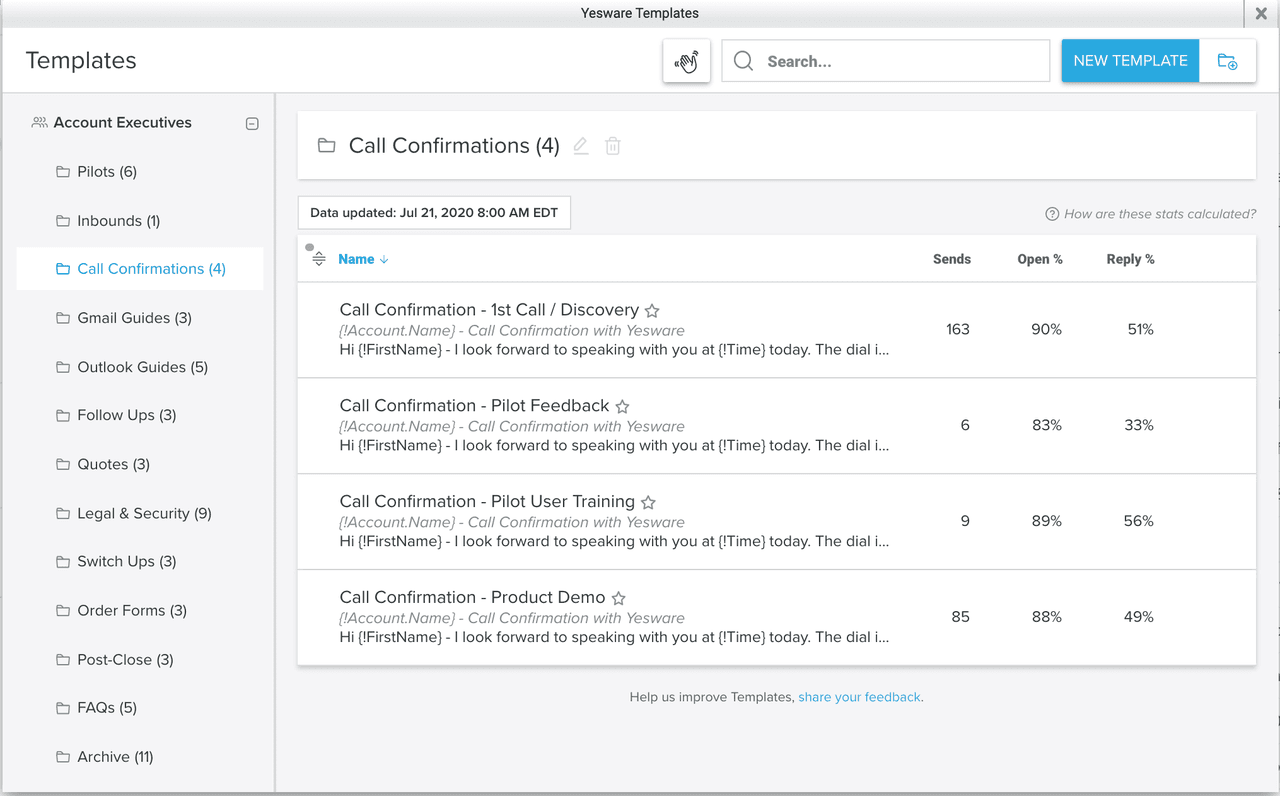
And our Prospector tool gives sales reps access to a vast database with enriched contact information for 100+ million B2B leads.

Our Reporting and Analytics tools are sophisticated and insightful, allowing sales teams to fully track their performance and results around lead responses and engagement.
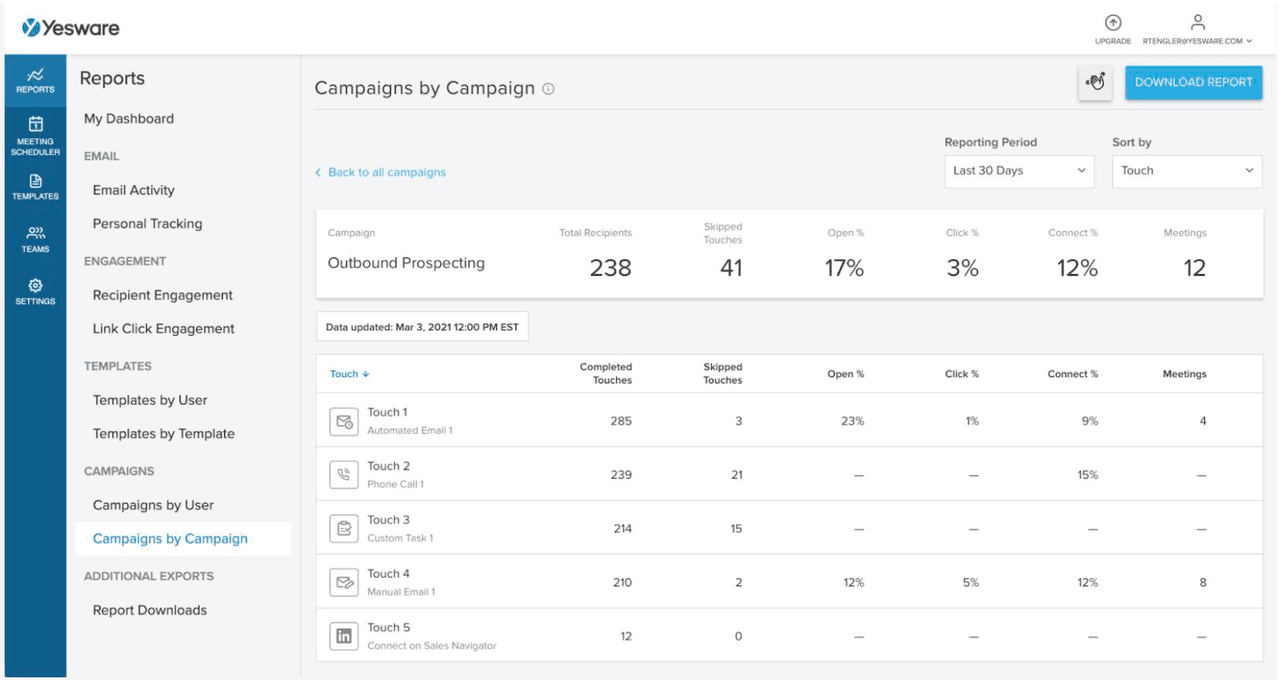
Plus, with our Meeting Scheduler too, leads can schedule appointments on your calendar directly from their inbox — no back-and-forth required.
Just insert your customized meeting scheduler link into your email:
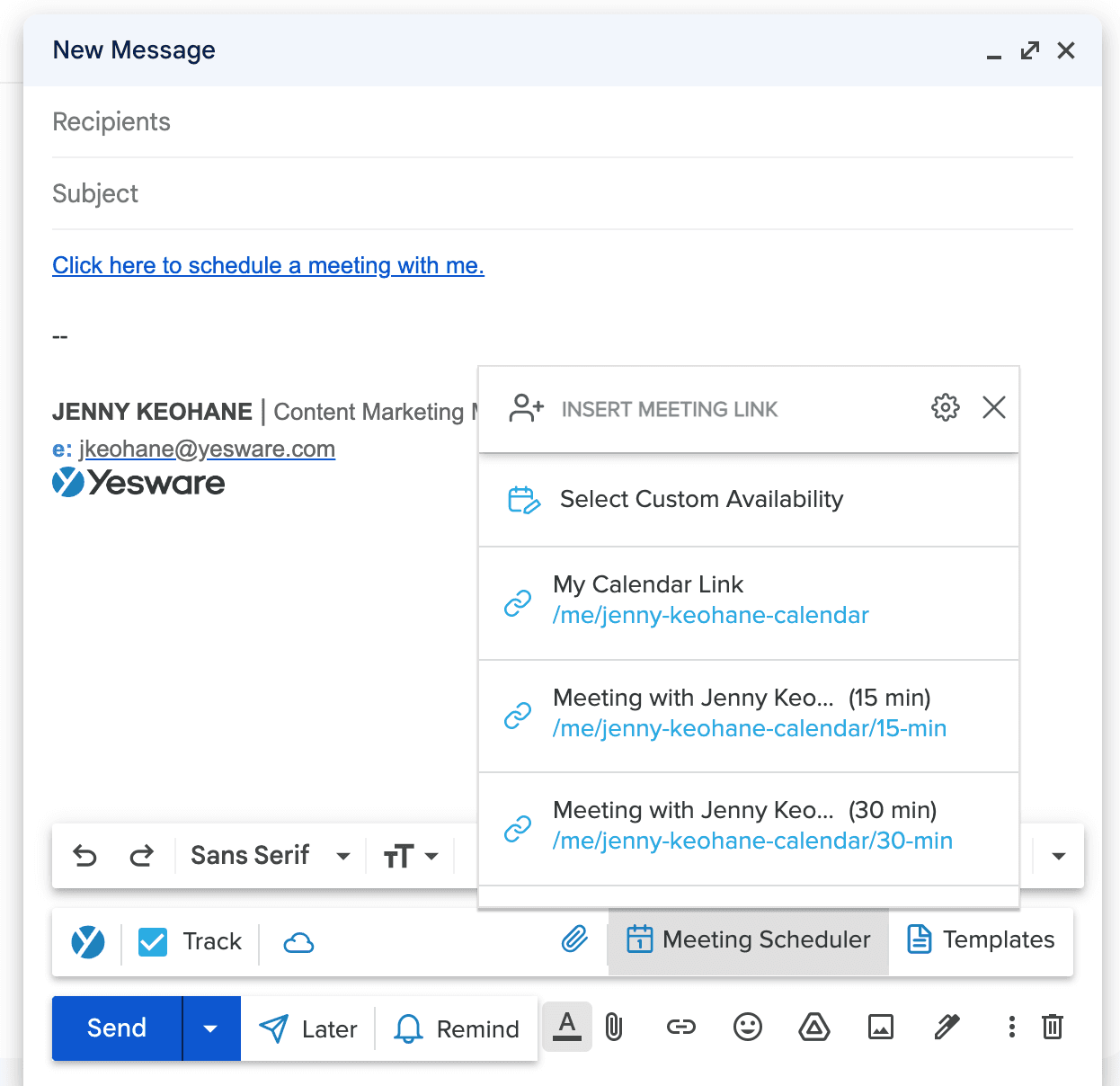
And recipients can pick a time slot that works for both of you. The calendar event will auto-populate on both of your calendars once booked.

Lastly, Yesware integrates with multiple email providers, CRM systems, and other sales software platforms and easily deploys email campaigns across multiple channels.
This way, sales reps can ensure they’re always reaching prospects where they’re most likely to engage and respond.
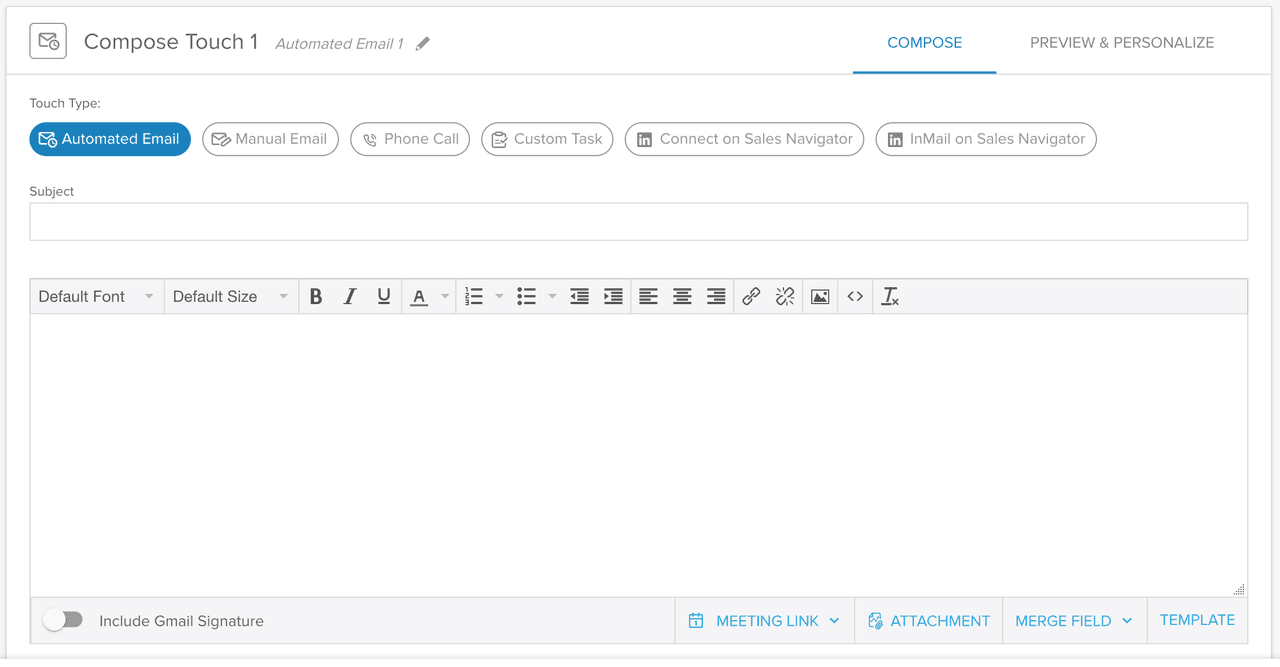
Interested in trying it out? Click here to try Yesware for free.
How to Create a Sense of Urgency
While the most important factor in lead response time is how quickly the rep responds to the lead, it’s also important to track how quickly leads reply back to a rep’s outreach.
The sooner a lead responds to a rep’s outreach, the more likely they are to be engaged.
The challenge, though, is that buyers really don’t like feeling pushed or pressured; they need to feel like they can communicate on their own timeline.
Sales reps need to find a way to balance the sense of urgency needed to move deals forward with the tact and emotional intelligence necessary to keep the sales environment low-pressure and buyer-led.
Here are some strategies:
Show Empathy
Active listening is one of the top skills that sales reps today can master to show buyers they’re willing, eager, and capable to help with their concerns (right away). 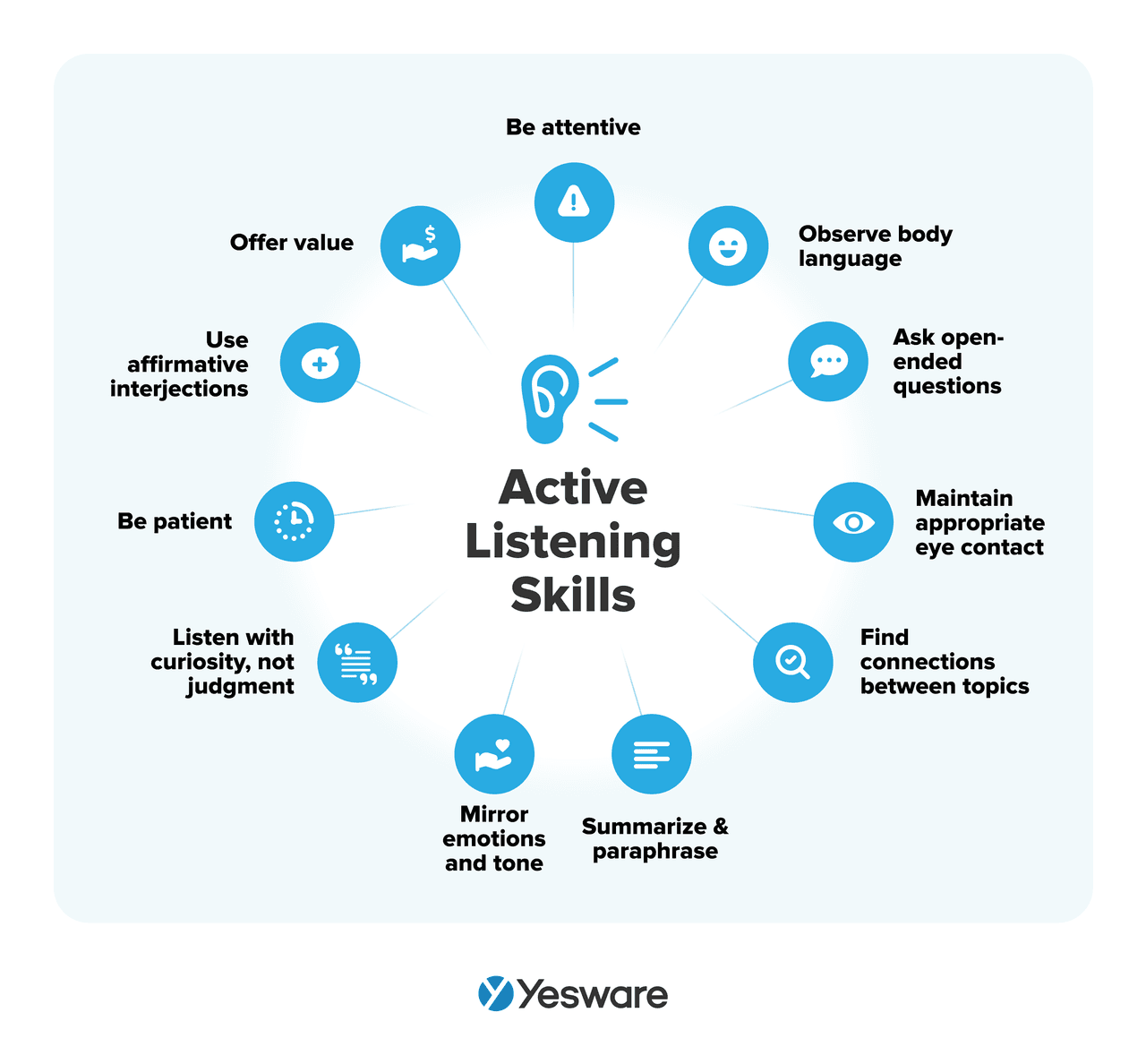
Tweak Your Headlines and CTAs
Simple word changes can make a big difference in response rates.
One study, for example, showed a wide variety of results when they tested words like “today” versus “now” versus “this week” in a headline.

People pay the most attention to time-related words (e.g., now, hurry, wait/don’t wait, today only, etc.), so it may be worth the effort to A/B test the specific verbiage that resonates most with your target market.
Create Scarcity
Limited-time discounts, promotions, and limited inventory deals are all examples of ways to create scarcity.
These require thoughtful consideration, though, and sales teams should be mindful of the costs and benefits of promotional offers.
Be a Good Designer
Believe it or not, certain design choices can help or hurt your team when it comes to engagement.
One study, for example, showed that CTAs in shades of red, orange, and yellow were more likely to generate urgency, while colors like blue and green showed higher levels of engagement (even if they had slower response times).
That’s why it’s important to track your email engagement. The more sales teams understand the way their target buyers behave, the more strategic they can be with their sales cadence and content.
Conclusion
Fast lead response can truly make all the difference in success for much of the rest of the sales funnel.
Shorter lead response time decreases sales cycle length, increases the rate of quality lead engagement, improves market share capture, and boosts overall conversion rates.
Yesware’s suite of tools and features are the perfect complement to each of the strategies outlined in this article. Our software helps teams optimize lead response management with a personalized and streamlined process.
Yesware seamlessly integrates with Gmail and Outlook. Get started for free today.
Get sales tips and strategies delivered straight to your inbox.
Yesware will help you generate more sales right from your inbox. Try our Outlook add-on or Gmail Chrome extension for free, forever!
Related Articles
Melissa Williams
Anya Vitko
Casey O'Connor
Sales, deal management, and communication tips for your inbox

